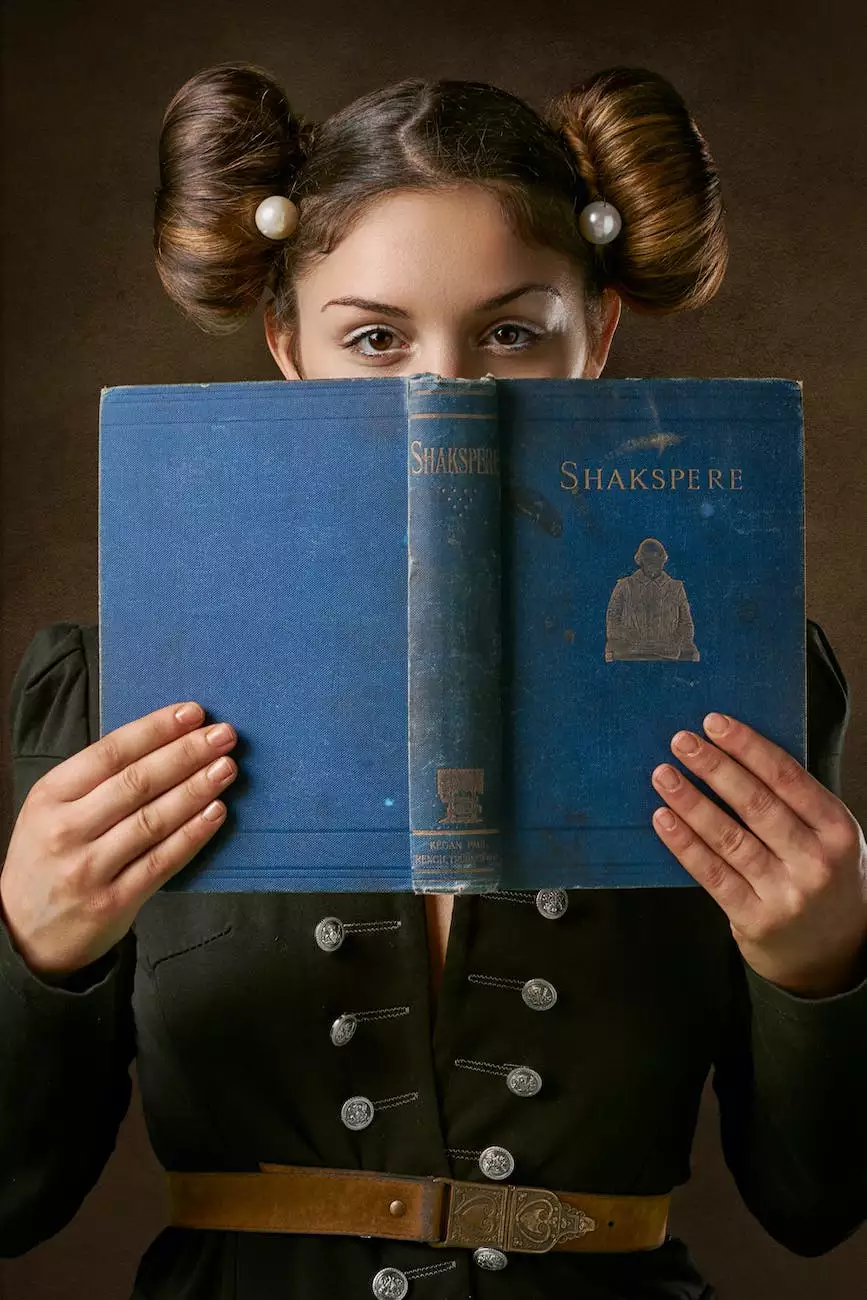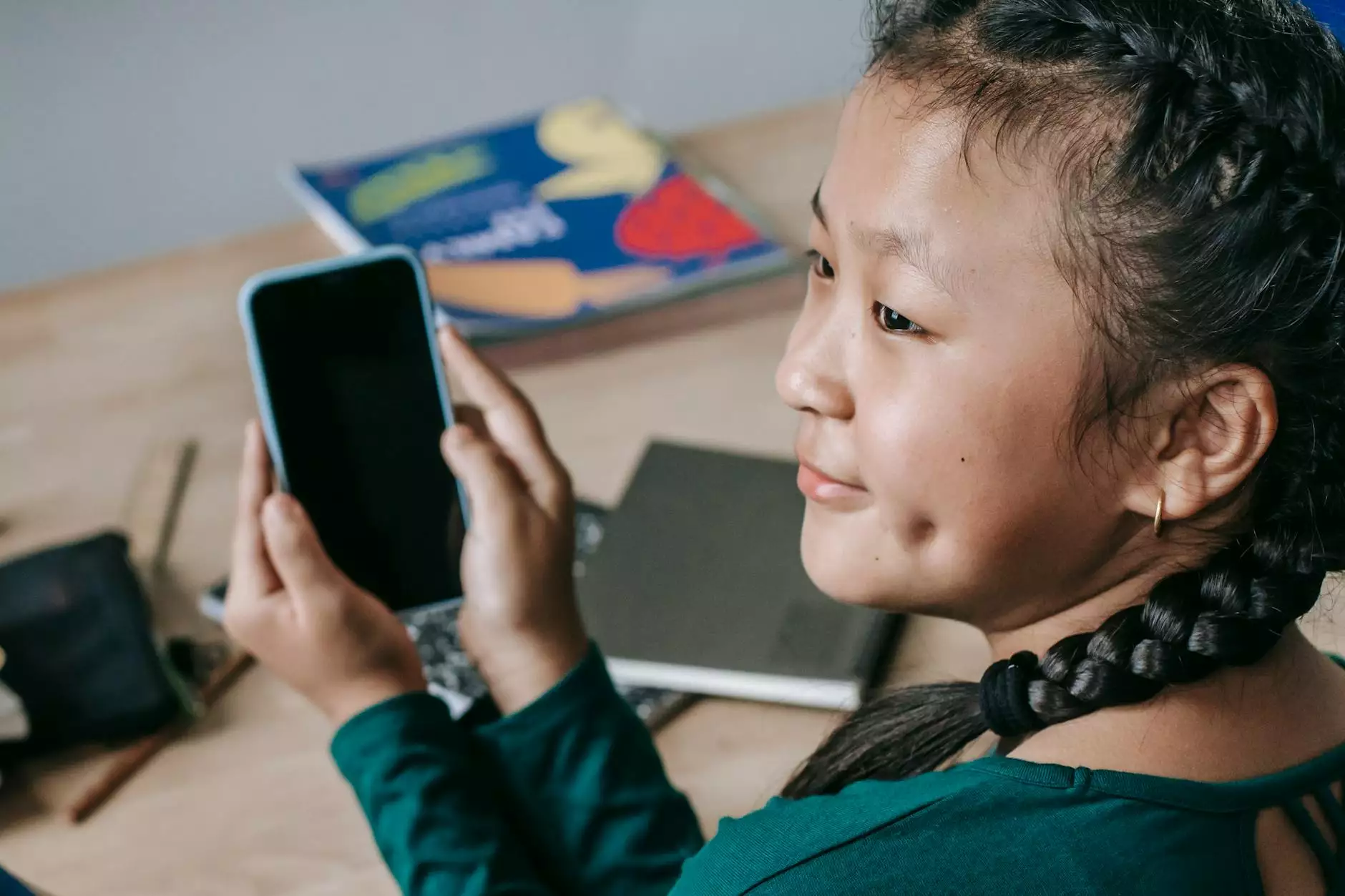Learn English Vocabulary – Image, Imagine, & Imagination
English Vocabulary Lessons
The English language is vast and rich in vocabulary, and expanding your vocabulary is essential for effective communication. In this comprehensive lesson brought to you by NJCLT, we will delve into the meanings and usage of three related words - image, imagine, and imagination.
Understanding Image
Let's start with the word "image." An image can refer to a visual representation of something, whether it is a photograph, painting, or mental picture in your mind. It serves as a means to convey or capture the essence of an object, concept, or idea. Images play a crucial role in communication, allowing us to express and interpret information.
Moreover, image can also pertain to one's reputation or perception in the minds of others. Consider the phrase "projecting a positive image" - it implies creating a favorable impression or portraying oneself in a certain way to influence how others perceive us.
The Power of Imagination
Now, let us turn our attention to the concept of imagination. Imagination is the faculty of the mind that allows us to form mental images, ideas, and concepts that are not physically present. It is the creative force within us that facilitates innovation, storytelling, problem-solving, and artistic expression.
Imagination is an essential component of human cognition and plays a vital role in various aspects of life. It fuels our dreams, aspirations, and helps us envision a better future. It enables us to think beyond the constraints of reality and explore possibilities that would otherwise remain undiscovered.
Exploring the Verb "Imagine"
Now that we have examined the concepts of image and imagination, let's focus on the verb "imagine." To imagine means to form a mental image or concept of something that is not currently present or directly perceivable. It involves using our creative faculties to envision scenarios, possibilities, or outcomes.
The act of imagination fosters empathy, as it allows us to put ourselves in someone else's shoes and imagine their thoughts, feelings, or experiences. It enables us to understand and connect with others on a deeper level. Additionally, imagination is a fundamental tool for developing new ideas, solving problems, and encouraging innovation.
Uses and Contexts
Now that we have explored the meanings and nuances of image, imagine, and imagination, let's delve into their usage and contexts in everyday language.
1. Image in the Context of Art: In the realm of art, image refers to a visual representation or depiction. Artists use various techniques to create powerful and evocative images that resonate with the viewer's emotions and senses.
2. Imagination in Storytelling: Imagination is the lifeblood of storytelling. Writers, poets, and storytellers use their imagination to craft engaging narratives filled with vivid imagery, compelling characters, and captivating plots.
3. Imagine in Empathy: The verb imagine is often used to evoke empathy and understanding. For example, one might say, "Imagine how difficult it must be for someone living in a war-torn country."
4. Imagination in Problem-Solving: Imagination plays a crucial role in problem-solving. It helps us think outside the box, explore alternative solutions, and approach challenges with a fresh perspective.
Expand Your Vocabulary with NJCLT
NJCLT is your trusted source for English language learning resources. Our comprehensive lessons, valuable tips, and interactive exercises empower learners to enhance their vocabulary, improve their communication skills, and gain confidence in their English proficiency.
Are you ready to expand your vocabulary and harness the power of words? Join NJCLT on this exciting journey of language learning, and unlock a world of endless possibilities.




